The Nourishing Homestead: Interview with Author & Seasoned Homesteader, Ben Hewitt

All photos from our own homestead.
There are a group of homesteaders – in addition those in our own community, of course – whose agrarian pursuits I follow online. They are years – decades even – ahead of us. They are growing most of their own food, raising much of their fat and animal needs, living their days intrenched in the hard work and joy that make up these endeavors. Ben Hewitt’s blog is one of those.
I stumbled upon Mr. Hewitt’s site sometime last year and sank into it like one would a letter from an old friend. Alongside his wife Penny and their two sons, he lives on a homestead up in Vermont raising nearly all of their own food and carving their days out, quite literally, by hand. Last year he published a book called Homegrown in which he detailed the education of their sons which seems to simply be an extension of their life connected to the land.

This year, Mr. Hewitt has published a book aptly titled The Nourishing Homestead. His publisher, Chelsea Green, sent it to me a few months back, not long after I began reading his blog. It was timely, informative, heartwarming, and encouraging for someone like me at the very start of this journey. They have, you see, attained much of what we are only just setting out to do – growing ones food sustainably, alongside their family and community.
I really enjoyed this book in that it seems the most applicable, doable homesteading how-to book I’ve read in recent years. With a genuine, down-to-earth style, the Hewitts have penned a book for anyone interested in actually growing all of the nutrient-dense foods many of us benefit from. Ben was gracious enough to sit down and answer a few questions about their homestead, their advice to us newbies, and their new book, The Nourishing Homestead. Here’s what he had to say…

Shannon: First off, it seems there are all sorts of different homesteaders out there – urban, suburban, rural, completely off-grid and with no running water, etc.. I wonder if you can give us an idea of how you live and what your day-to-day infrastructure looks like?
Ben: Our place is fairly rural; we’re sandwiched between two organic dairy farms, one that’s a little over 100 acres and one that’s about 350 acres. That said, we’re only about a mile outside a small town of about 800. We were completely off-grid for 15 years, before grid connecting two years ago to get off the battery replacement and generator cycle. We’re still extremely conscious of our electricity use and always trying to use less. We built our house and all our infrastructure, and it’s all fairly simple-but-sturdy, in accordance with our skills and financial resources. We have a drilled well and a flush toilet with a conventional septic. We’d much rather have some sort of outdoor composting privy, but local zoning regulations don’t allow for that. One of these days, we’ll figure out a way around that; it just hasn’t risen quite high enough on the priority list!
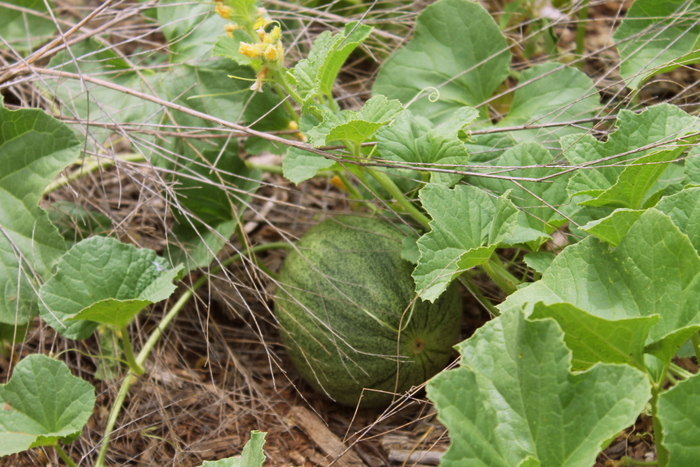
Shannon: You talk a lot about nutrient-dense food and I look at The Nourishing Homestead as a thoughtful how-to book for those wanting to grow the traditional foods outlined in Nourishing Traditions. But your blog and other writings paint a different picture, one in which your primary motivations have more to do with your family, community, and how you carve out your days. So I wonder, which came first… or is the concept of nutrient-dense food grown sustainably simply part of a larger picture for you?
Ben: It’s true that I don’t write much about our food production techniques in my other work. Partly that’s because the way we raise and process food is so embedded into our life that we just don’t think about it all that much anymore; it’s sort of like brushing our teeth, I guess (though a whole lot more fun!). And partly it’s because I’m simply more interested in writing about other things. It’s interesting: For all the time we spend immersed in our food, we don’t spend a whole lot of time talking about it. I mean, we talk about the pragmatic aspects of how we’re going to deal with the potato harvest, for instance, or figuring out when to slaughter the pigs, or building a new chicken coop, but we don’t talk much about the food itself. Again, I think it’s just because it’s so embedded in our lives on a day-in, day-out basis. It’s sort of second nature.

Shannon: Your wife Penny wrote much of the book along with you – by hand, on scraps of paper no less. Correct me if I’m wrong, but in your book and on your blog you’ve alluded to the fact that she might be more willing to forgo the creature comforts and modern conveniences than you. I wonder if you (or her) could give us some insight into what life on the homestead is like for her and what divisions of labor you, her, and your boys naturally fall into?
Ben: Yes, we sort of defy gender stereotypes in the sense that Penny is more willing to go without modern creature comforts in pursuit of a peaceful life. She’d be very content to live without electricity or a telephone, though I think she’d admit that running water is pretty nice! In terms of divisions of labor, she is definitely the primary green thumb around here, while I tend to spend more time doing stuff like firewood, lumber production, and machine maintenance – not that I’m anyone’s idea of a mechanic.
When it comes to the animals, we’ve each just sort of fallen into certain roles. For instance, she milks about 95% of the time, while I handle the cows’ grazing rotations about 95% of the time. Again, we’re both able to fill in for the other in a pinch, but for whatever reason, this is how it tends to break down, maybe because in many ways, it’s just more efficient for everyone to know which tasks are theirs and how best to accomplish them.
When it comes to more “domestic” stuff, like cooking and cleaning, it’s split a bit more evenly, though she certainly does a bit more of that than I do, simply because I do have desk work to attend to.
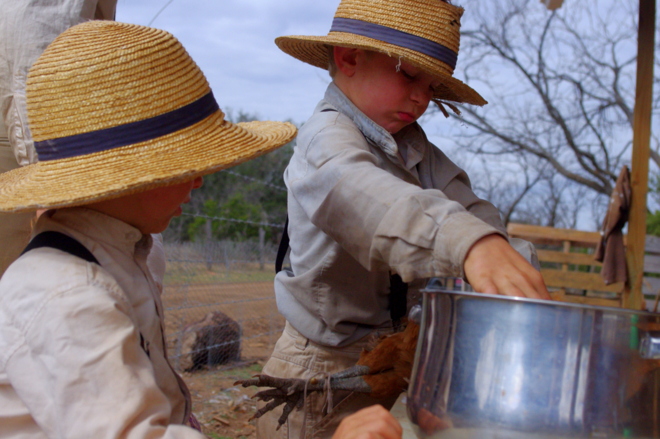
Shannon: I greatly appreciate that you took the time (and guts, perhaps?) in The Nourishing Homestead to touch on the topic of financing the land and infrastructure necessary to run a homestead. Could you give us just some general insights, with the years of experience that you have behind you, on how you’ve financed your homestead and what common mistakes we homesteaders make in this department?
Ben: Oh boy, this is such a hard one. But also really, really important, which is exactly why we decided to tackle it in the book. First off, I should say that we were so fortunate to have not accrued debt in our early years – no student loans, no credit cards, no car loans. Even before we met in our early 20’s, Penny and I were each of our own accord, pretty debt phobic. So that was extremely helpful. And we were super-fortunate to buy land when land could still be had relatively inexpensively. But you asked for general insights, not our personal story.
My general insight is that, to the greatest extent possible, remaining debt free is more enabling than assuming debt. This is not an absolute; we definitely did take on some debt to build our house, and it worked out great and it was liberating, because of what we were able to do with it. Still, I often see young people assuming waaaay more debt than I’d be comfortable with, and then later in their lives, feeling trapped by that debt.
One other insight is to remember that you probably need less than you think you do in order to create a thriving homestead. I see this a lot in terms of infrastructure, people thinking they need fancy animal shelters, for instance. Once someone is already in the debt trap, which most people are these days, my only advice is to do everything you can to escape it. But I realize that’s easier said than done. Something I’ve noticed is that once you’re on the debt treadmill, it becomes increasingly difficult to get off it. You end up working all the time to service your debt, and because you’re working all the time, you’re too tired to cook, so you’re buying prepared foods that cost 4 times as much as meals from scratch. And so on. Conversely, once you get out of the debt trap, it gets easier, because now you have time to provide for yourself and your family, rather than paying industry to do everything for you. So it’s a bit of a Catch 22 in that regard.
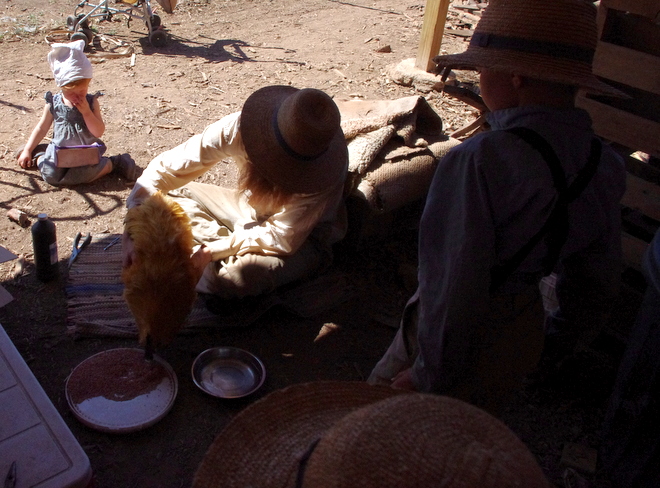
Shannon: You and your wife live and work alongside of your young boys while financing your homestead and educating them via immersion learning . What advice would you give to those of us who are starting a bare bones homestead with very small children while attempting to “break sod” and finance infrastructure? (Not that I’m asking for myself, ahem.)
Ben: This one easy: Be patient. And have realistic expectations for what will get done. But also remember that the time you spend incorporating your children into your day-to-day life and projects is the best darn investment you could ever make.
Shannon: There are a lot of overarching principles in The Nourishing Homestead that seem applicable to anyone, anywhere trying to grow food. You talk about mineral-rich soil and how to achieve it. You talk about keeping, feeding, butchering, and preserving all types of animals in a sustainable, humane way. You talk about the practicality of perennials, eating what you grow, and what that looks like on a day-to-day basis for your family. It’s all really good stuff, I think, and tips I’ll be going back to again and again. But for those of us just starting out, can you distill these concepts down to some core principles to focus on in the first five years on your land?
Ben: To me, the most important aspect of creating a thriving homestead is to always think of it as a living organism, with the soil as the beating heart. I think too often people focus on the stuff they can see – the infrastructure, the trendy heritage breeds, and so on – when the thing that’s really going to make or break their efforts is right under their feet. We are always thinking about the interconnected relationships on our homestead – for instance, the animals’ relationship to our soils and how best to cultivate that relationship. And our relationships to our animals, and how to make those relationships most rewarding to all involved.
So in my first five years, I’d be thinking about how to create dynamic, biologically active soils and I’d be thinking about how I can best utilize my livestock to accomplish this. I’d also be thinking a lot about how to “design” my homestead for my later years, which to us means bringing much of our food production close to home and increasingly reliance on low-maintenance perennials. That said, it is also important to spend at least some time focusing on the more mundane skills that make it all possible!
A big thank you to Ben, for sharing his insights here with us today and to both he and Penny for sharing their lives, priceless experience, and love of the land in The Nourishing Homestead.


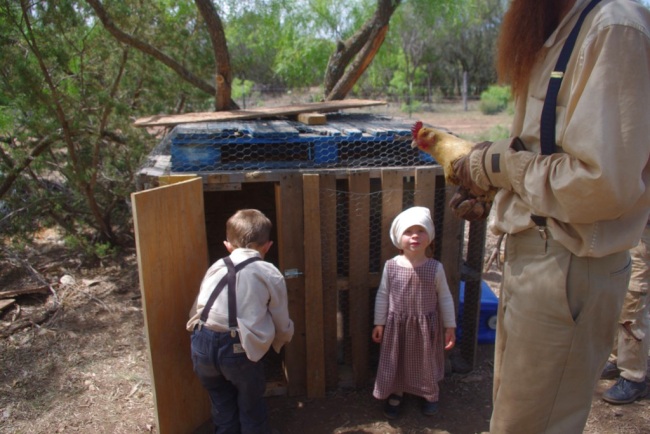
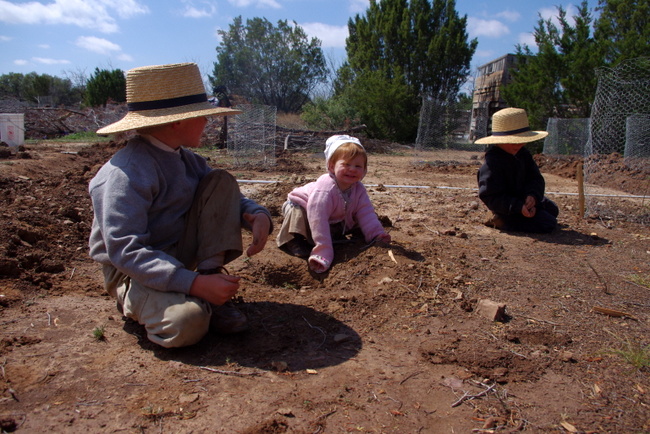
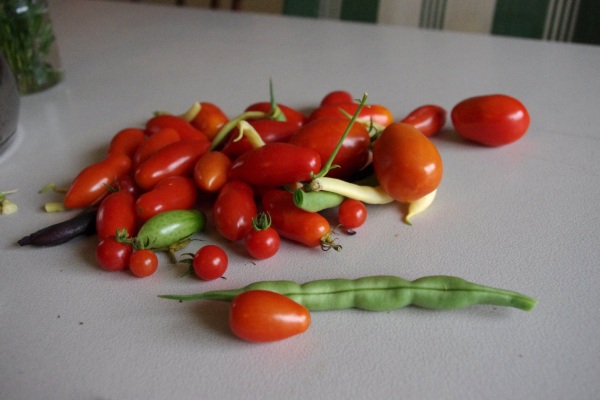
I was not familiar with this book, but now must, at some point, take the opportunity to read it. And check out the blog too! Thank you for sharing this interview. Boy is he right on with what he shared, especially in the debt arena. It’s a terribly vicious cycle and once that is incredibly difficult to break. We are working very hard to bring an end to it for our family. Through the Lord’s blessing I think we’ll be able to do it this year (except our mortgage) and what a true weight that will be lifted off our shoulders when we do so. Very curious to read about all the things he has to share about their homesteading experiences.